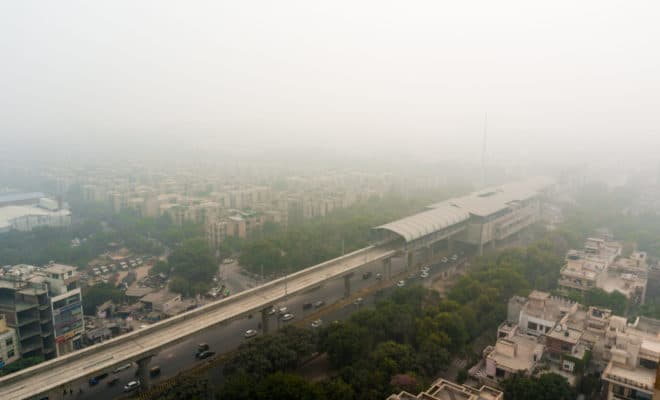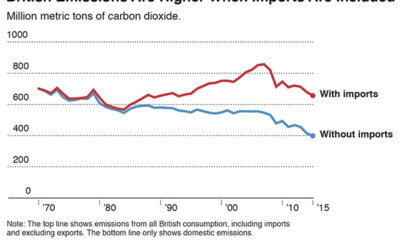Life
Ahead of ASEAN-India Summit, Govt Plans Measures to Battle Air Pollution in Delhi

The Central Pollution Control Board (CPCB) is taking several measures to counter Delhi’s air pollution ahead of ASEAN summit in January.
The Central Pollution Control Board (CPCB), the apex body for monitoring national pollution levels in India, is taking several measures to counter Delhi’s air pollution ahead of the India-ASEAN Special Commemorative Summit to be held in the city in January. The moves comes following the “severe” category of air pollution in Delhi, prompting the organization to tell authorities to be prepared for the “Odd-Even formula” for vehicles on the road.
Brick kilns, hot mix plants and stone crushers, and generator sets have been directed to stay shut until Jan. 31, 2018. The business summit will be held between January 19 and 30.
The CPCB also appointed a member secretary to head a task force to make sure that coal-based industries such as the Badarpur Power Plant remain shut from January 15 to 30.
The National Capital Region (NCR) will be forced to take “severe-plus” limitations as per the Graded Response Action Plan (GRAP), if air quality continues to be at severe levels. If the severe-plus situation continues for 48 hours, the Odd-even scheme, ban on construction and truck entry will be put in place, the CPCB said.
“We are observing the timeline. However till then severe category restrictions will stay in place anyway, at least till January 31,” A. Sudhakar, Member Secretary, CPCB, said, according to NDTV.
With the GRAP, the Odd-Even scheme, which limits the number of cars on roads according to their registration numbers, will be automatically implemented when air pollution hits severe levels. The CPCB will not be making any exemptions, even for two-wheelers or female drivers. The Delhi government in November this year was stopped by the National Green Tribunal (NGT) from putting the scheme in place as they wanted to implement the two exemptions.
Delhi also tested mist-cannons or “anti-smog guns” in one of the most polluted areas of NCR — Anand Vihar — on Dec. 18.
Deputy CM @misodia & Environment Minister @ImranHussaain reviewed the experiment of Fog Cannon to control dust particulate matter at Delhi Secretariat today.#AAPatWork pic.twitter.com/umDVlgLeTo
— AAP (@AamAadmiParty) December 18, 2017
“The idea came about in a series of meetings, where even helicopters sprinkling water on the city were suggested,” Delhi Environment Minister Imran Hussain told News 18 The machines were in use in China in 2015 during its air pollution crisis and could be seen on Delhi roads if the test is successful.
However, critics are skeptical that a mist cannon could be a permanent solution.
“These only work in a very local situation like a construction site, if you want to douse the dust, then you do this for an immediate and instantaneous effect, but this is not what you would use to control air pollution,” Anumita Roychowdhury of the Delhi-based Centre for Science and Environment think tank told CNN.




You must be logged in to post a comment Login